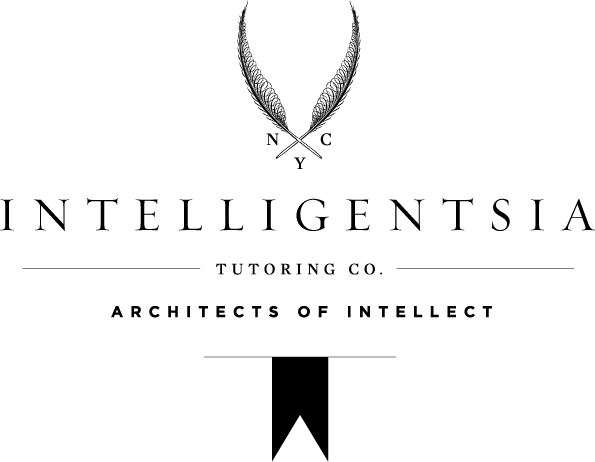In a world without COVID-19, spring would be the perfect time to visit colleges—the sun is shining, the frisbees are flying, and there’s buzz and excitement in the air. But now that campuses are closed and a significant portion of the country is sheltering in place, how can you get a sense for what a school is actually like, without physically being there? In this post, we’ll offer some tips for exploring what colleges have to offer—all without breaking quarantine.
First up is You Visit, a popular site that features virtual campus tours in both “360 degrees” and VR formats. You can explore the Dartmouth Green or take a stroll down Locust Walk, led by the same student tour guides you’d encounter IRL. Some schools even offer different itineraries based on your interests. For example, after you’ve soaked up the highlights of the Johns Hopkins campus, you can take detours into Athletics & Recreation and Student Life.
Once you’ve gotten a feel for the campuses, it’s time to dig into the numbers. At most schools, admissions pages link to facts and figures about size, student-faculty ratios, and the scores and grades you need to get in. They also tell you something that’s harder to quantify: the values of the institution. Take Michigan, for instance. Based on the stats, the Wolverines are clearly serious about research, affordability, and athletics—not to mention being a top ten college town. After running the numbers at Tulane, however, the best data scientists all agree: nothing much gets done during Mardi Gras.
Beyond the 1s and 0s, there’s a lot of online content that will help you explore what it’s like to attend classes. MOOC platforms like Coursera and EdX offer courses taught by the same faculty you’ll encounter in the classrooms of the top schools in the country, including BU and Berkeley, Georgetown and Duke. Looking for even more? Visit departmental websites to check out course lists, download faculty CVs, and explore undergraduate research opportunities. Got a (newly developed) interest in epidemiology? Tufts has got you covered. Suddenly inspired to build a social simulation video game? Don’t miss out on USC.
Outside the classroom, be sure to dive into student clubs and organizations. There’s everything from MIT’s Assassin’s Guild to Columbia’s Gosh Yarn It. To dig even deeper into campus culture, take a look at student-run newspapers. The Stanford Daily will give you the lowdown on all things Cardinal, connect you to student podcasts, and even give you 19 things to do during self-quarantine. Similarly, the articles, podcasts, and videos at The Daily Northwestern give insight into social life, the opinions of student Op-Ed writers, and events around Evanston. No subscription required.
Of course, the best way to get to know a school is to talk to those who have actually experienced it. So, if you know any current students or recent alumni, reach out! Even if they’re only acquaintances, friends of friends, cousins of neighbors, &c., they’ll probably be more than happy to give you their take. After all, most people love repping their alma maters—and these days, they’ll probably be extra eager for some social un-distancing.
Happy (virtual) visiting and stay safe.
— Colin G.
Sign up for our College Application Crash Course, in which Colin breaks down the college application process into its four main categories: Search & Selection; Tests; Recommendations & Transcripts; and Essays, Activities & Portfolios. Click for more information.
Colin is Head College Process Strategist at Intelligentsia. He received his BA in English and History from the University of Pennsylvania, his MA in History and MA in Humanities from Stanford University, and his MFA in Fiction from the University of Houston. He specializes in College Process, History, Literature, Writing, German, and Standardized Tests with 20 years of experience tutoring and teaching at the high school, college, and graduate levels.



